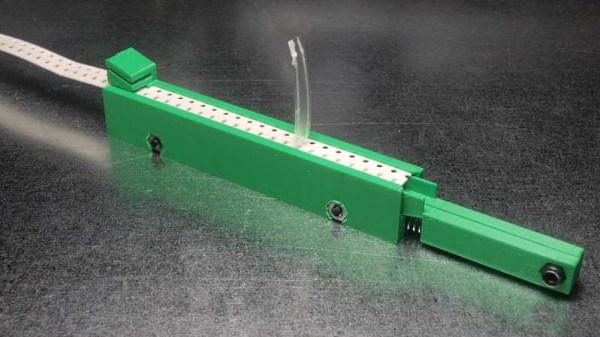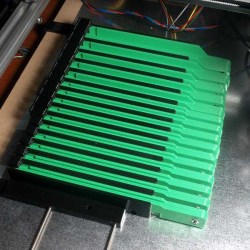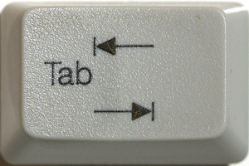Let’s get something out of the way: yes, this assumes you already own or have access to a compressor. So if you do, and know what you’re getting into, why not build a cheap sandblasting rig? That’s what [adamf135] did after seeing someone do it on YouTube. He seriously doubted it would work, but the results are pretty impressive.
This one doesn’t require much more than an empty 20oz bottle, a cheap air gun/nozzle, and an adapter. The hardest part of this hack seems to be cutting a groove in the nozzle for the blasting material without severing it completely. [Adam] cut a 1/2″ section out of his, but that large of an opening really uses up the blasting material. He recommends going smaller. After snipping off the sealing ring, he runs the nozzle through a 3/16″ hole drilled through the strongest part of the bottle and seals it off with hot glue. Watch it power through rust and paint with crushed glass after the break.
If you do any open sandblasting like this, be sure to at least wear a mask. If you don’t want to spray fine particles all over the shop, you could build a wet media blasting cabinet instead, or go even lower-tech and build a drill-powered parts tumbler.




















